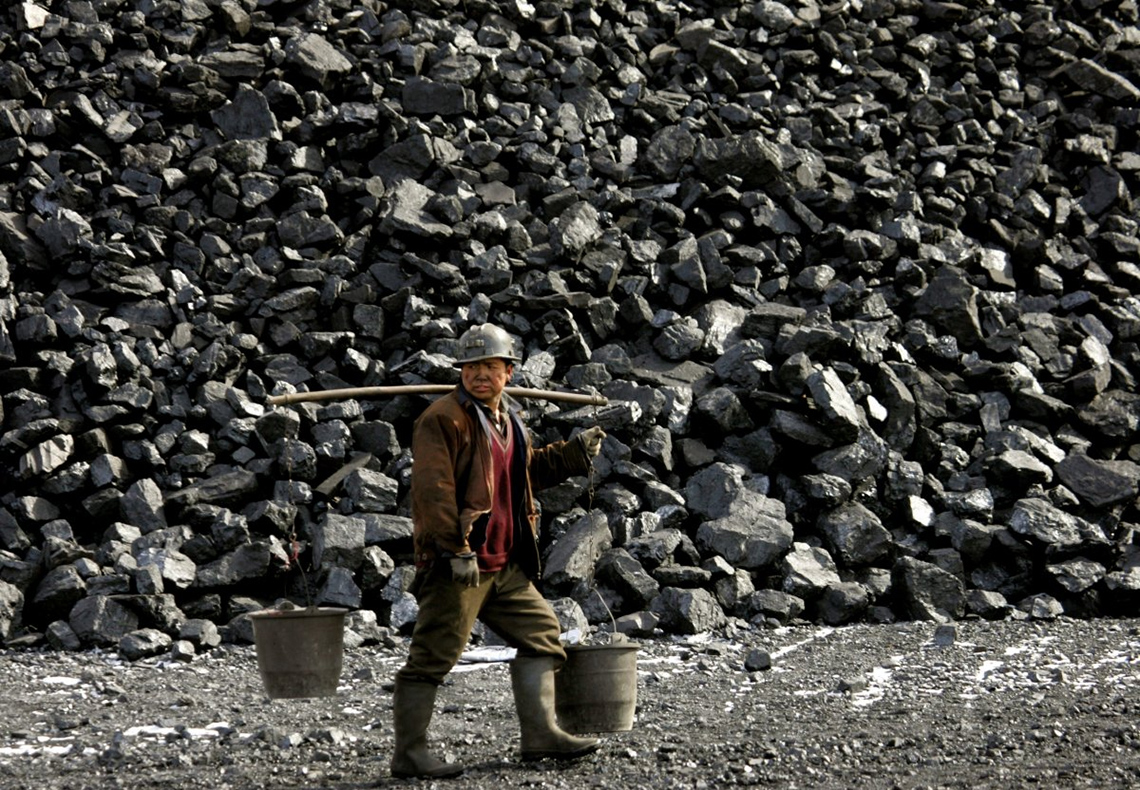According to analysts interviewed by TASS, the increase in the cost of aluminum is caused by a shortage of thermal coal in China and a general increase in energy prices.
The aluminum market is fueled by the fact that due to the shortage of coal, which is used in the operation of power plants, and, as a result, restrictions on electricity supplies, metal production in China may decrease, experts say. At the same time, according to some of them, a further increase in the price of aluminum by $ 100-200 is possible in the near future.
According to data at 16:43 Moscow time, the price of aluminum grew on the LME by 1.6%, at the moment reaching $3112.5 per ton.
"The rise in aluminum prices is outpacing other metals amid the crisis in China's energy sector, which has traditionally relied on coal-fired electricity generation," says Boris Sinitsyn, head of metallurgy and mining at Renaissance Capital.
"The production of primary aluminum is based on electrolysis - this is an energy-intensive process that requires a large amount of electricity," the analyst explains. "Therefore, the situation with rising coal prices, low coal reserves at power plants, interruptions in the supply of electricity to aluminum plants or coal at thermal power plants entails a significant increase in the cost of aluminum production in China at least, and as a maximum - a decrease in production."
"At the same time, China is still a net exporter of aluminum, so if these factors affect not only the cost price, but also production, the availability of aluminum from the main importing countries may decrease significantly," Sinitsyn adds.
"Taking into account the expectations of the market on the shortage of electricity in China, a reduction in aluminum production and a possible shortage of metal is expected," Boris Krasnozhenov, head of the Securities Markets Analytics Department at Alfa-Bank, agrees with Sinitsyn.
"In addition, the market is laying down a possible increase in electricity prices both in China and in Europe, which will lead to an increase in the cost of aluminum production," the analyst says. "Electricity accounts for 30% to 50% of the cost of a ton of primary aluminum for most manufacturers."
"The maximum spot prices for aluminum reached $3,200-3,300 per ton in 2008. Testing these levels in the current situation is quite possible," Krasnozhenov believes.
Earlier, a number of regions of China imposed restrictions on electricity consumption due to the shortage of coal in the country and the load on the energy system.
At the end of September, the Chinese information portal "Zemian" reported that the supply of electricity was limited to varying degrees in 20 regions of the People's Republic of China.
The Chinese economic publication Zhongxing Jingwei noted that one of the main reasons for the shortage of electricity was the rise in coal prices, which, in turn, was caused, among other things, by the tightening of national environmental standards. The licenses of many coal mining enterprises have expired, and they have not been able to get new ones for about a year, so they had to stop working, the publication reported.
Another reason for the rise in coal prices in China was a reduction in coal imports due to interruptions in the work of foreign suppliers amid the pandemic, as well as a decrease in the capacity of customs checkpoints at the border due to strict quarantine measures, the publication noted.
Coal prices in China have doubled as of September compared to 2020, the China Daily newspaper reported.
As Bloomberg reported, citing sources, the Chinese authorities are discussing the possibility of raising electricity prices for industrial consumers in order to cope with the shortage of supply



 The price of aluminum on Tuesday for the first time since July 2008 exceeded the mark of $ 3,100 per ton during the trading session on the London Metal Exchange (LME).
The price of aluminum on Tuesday for the first time since July 2008 exceeded the mark of $ 3,100 per ton during the trading session on the London Metal Exchange (LME).






